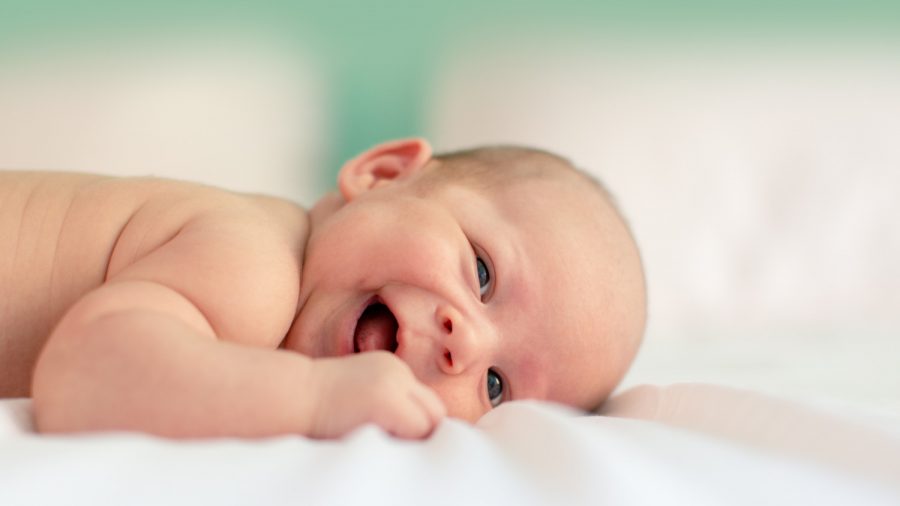Birth and fertility rates have dropped to a 32-year low in the United States, but so have abortions, according to a report by the Centers for Disease Control and Prevention (CDC).
The U.S. birth rate dropped for the fourth year in a row in 2018, with an estimated 3,788,235 births—which is 2 percent less than births in 2017 and the lowest number since 1986, according to the Nov. 27 report, which noted that the birth rate has been steadily declining since 2007, except for a small spike in 2013 when the numbers went up slightly.
Accordingly, women’s fertility rate—the estimated number of babies a woman will have during her lifetime—also dropped by 1 percent last year, compared with 2017 and also the lowest since 1986 with 1,728 births per 1,000 women. A rate of 2,100 births is considered at or slightly above the replacement level.
Almost all racial groups saw a similar decline in fertility rates with Whites down 2 percent and Hispanics, Blacks, and Asians all down by 1 percent in 2018 compared to 2017. The only groups that saw a stable fertility rate were native Hawaiians and Pacific Islanders.

Demographers theorize the shrinking birthrate may have to do with the 2006-2009 economic crisis, as less young people in their 20s and 30s meet the primary conditions that often lead to having children; a steady income, marriage, or buying a house, reported the New York Times.
The U.S. abortion rate also dropped to the lowest since Roe v. Wade in 1973, according to a CDC report. In 2016, abortions were down 2 percent from 2015, with 623,471 performed in the United States. Women in their 20s accounted for the majority of those.
Whether more American women are postponing motherhood or forgoing it entirely isn’t yet clear.
These birth and fertility rates means the current generation isn’t making enough babies to replace itself. But some experts are not concerned, predicting today’s young women will catch up with childbearing later in their lives. The only two groups with slightly higher birth rates in 2018 were women in their late 30s and those in their early 40s.
“Our fertility rates are still quite high for a wealthy nation,” said Caroline Sten Hartnett, a demographer at the University of South Carolina.
American women are starting families sooner than most other developed nations, according to other research. Other countries are seeing similar declines in birth rates.
The Associated Press contributed to this report.


